When it comes to white wines, two names consistently stand out among connoisseurs and casual wine drinkers all alike: Riesling vs Moscato. These two varietals have captured the hearts (and palates) of wine enthusiasts around the world, sparking a debate as old as time itself – which is the superior choice wines derived from the muscat grape or the Riesling grape ?
Key Takeaways
- Riesling and Moscato are both white wine grapes
- The Riesling grape is a cold climate grape yielding crisp white wines. It is also used for ice wine which have a high residual sugar content and are known as dessert wines
- Moscato wines originate from the North of Italy
- The Moscato wines are sweeter than a standard Riesling. It has aroma of peaches and apricot
With their distinct flavors, floral aromas, and characteristics, Riesling and Moscato offer an intriguing contrast in styles that cater to different tastes. So whether you prefer a crisp and refreshing sip or a lusciously sweet indulgence, join us on this exploration into the delightful rivalry between Riesling and Moscato wine.
Understanding Riesling Wine
Riesling, the renowned white wine grape, is often celebrated for its versatility and ability to express different terroirs. Originating from the Rhine region in Germany, the Riesling grape is now cultivated in several countries around the world. It has a distinct taste profile that combines pronounced acidity with a delicate sweetness, resulting in a refreshing and balanced wine.
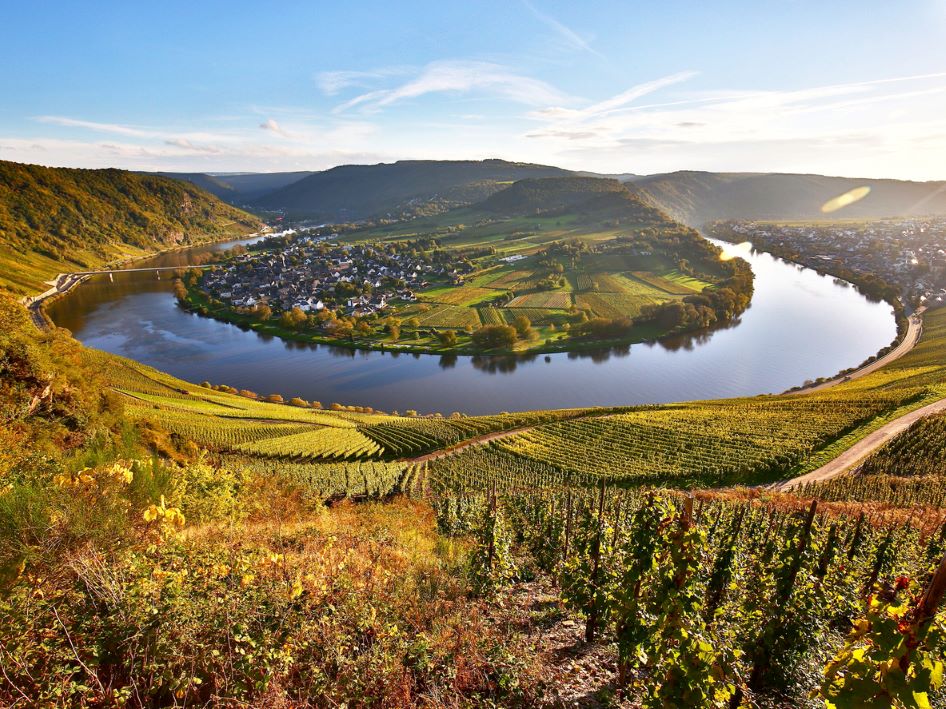
One intriguing aspect of Riesling is its aging potential. While many white wines are best enjoyed within a few years of production, Rieslings can evolve beautifully over time. As they mature, these wines develop complex aromas and flavors such as honeyed notes, petrol-like characteristics, and aromatic herbs. This ability to age gracefully sets Riesling apart from other white varietals.
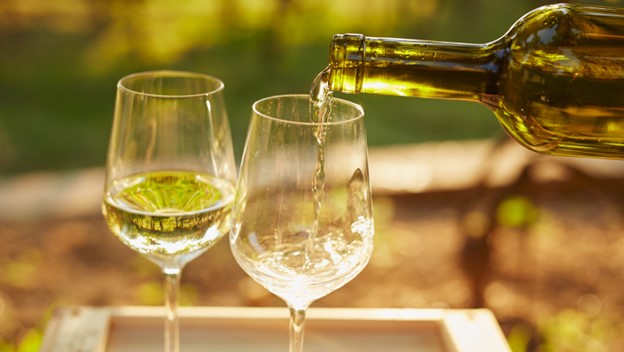
Another appealing trait of Riesling wine lies in its stylistic range. From dry to off-dry and even sweet styles known as late harvest or ice wine, there is an abundance of expressions to suit various preferences. Dry styles showcase citrus fruit flavors like lime and grapefruit while maintaining an elegant minerality on the palate. The slightly sweeter options offer luscious peach and apricot flavors which are beautifully balanced by crisp acidity.
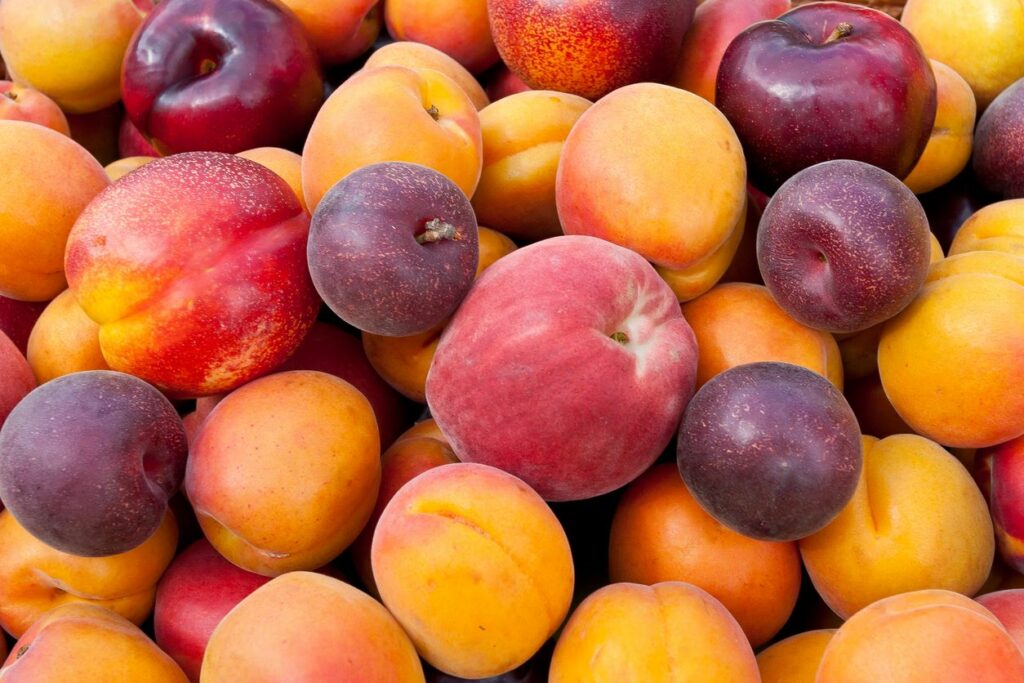
In conclusion, Riesling captivates us with its aging potential and impressive range of styles that cater to different tastes. Whether you prefer it bone dry or somewhat sweet, this versatile grape offers a unique experience with each bottle opened.
Understanding Moscato
Moscato is a type of white wine that has gained popularity in recent years, thanks to its sweet and fruity taste. It originated in Italy, particularly in the region of Piedmont, where muscat grapes have been produced for centuries. Made from the Muscat grape variety, Moscato wine is characterized by its light body and low alcohol content.
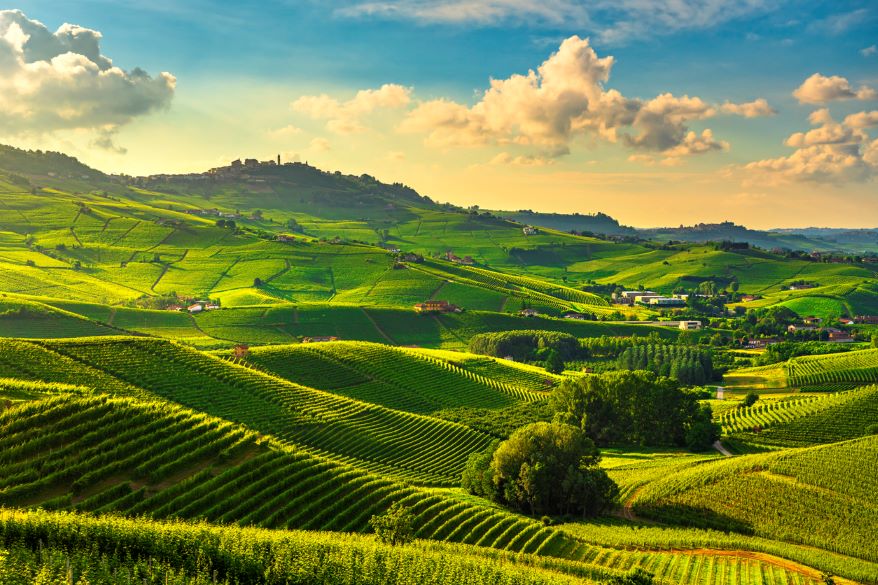
What sets Moscato wine apart from other sweet white wines, is its irresistible aroma of fresh flowers and fruits like peaches, apricots, and oranges combined with high residual sugar levels. This makes it an excellent choice for those who prefer a sweeter palate in dessert wine or don’t enjoy the dryness commonly associated with traditional white wines.
The natural sweetness of the muscat grape also makes it a versatile pairing option as a dessert wine. It pairs with spicy Asian dishes to creamy desserts or even as an ingredient in cocktails.

Another unique aspect of Moscato is its effervescence or slight fizziness. While some may find this off-putting in traditional still wines, it adds a playful element to Moscato wine that enhances its refreshing qualities. The bubbles not only make the lightly sparkling wine visually appealing but also contribute to its crisp finish. Overall, Moscato’s distinct flavors and characteristics make it an ideal choice for those seeking a lighter wine experience with plenty of personality.
Differences of Riesling vs Moscato
Riesling and Moscato are two popular white wines with distinct characteristics that make them unique in their own right. Riesling, often associated with Germany, is known for its vibrant acidity and versatility in styles ranging from bone-dry to lusciously sweet. This grape variety offers a complex flavor profile encompassing notes of citrus, apple, peach, and floral undertones. Its high acidity coupled with its mineral-driven taste adds a refreshing zing to each sip.
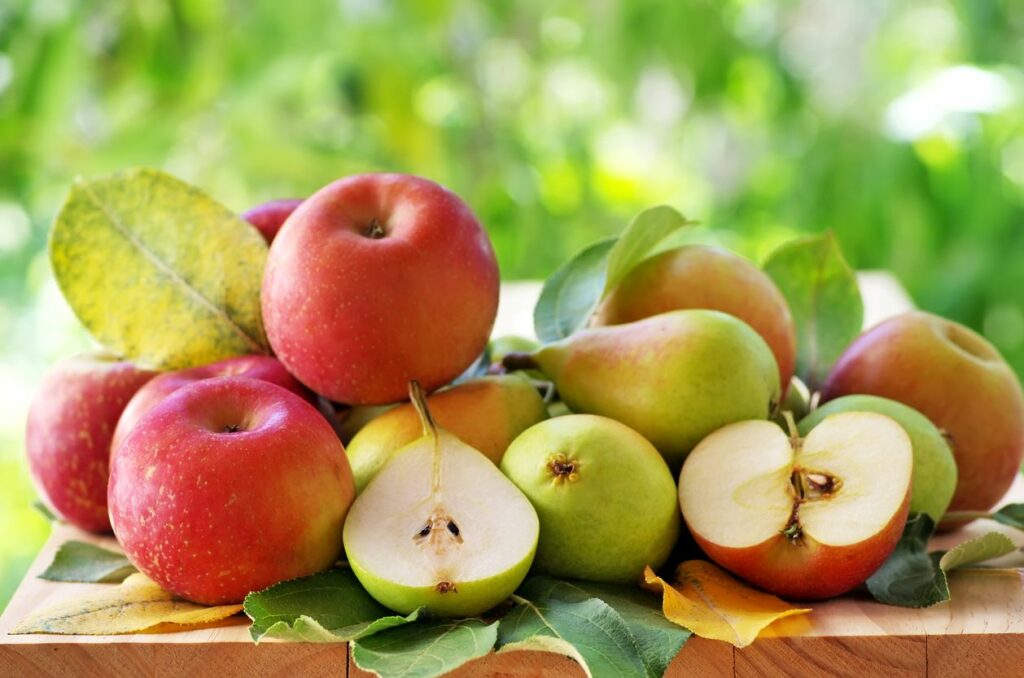
On the other hand, Moscato is an Italian wine renowned for its sparkling or semi-sparkling nature. The primary grape used in Moscato wine production is Muscat Blanc à Petits Grains, which lends this wine an exceptional aromatic quality. Bursting with fragrances of orange blossoms and apricots, it tantalizes the senses from the first whiff. Unlike Riesling’s pronounced acidity, Moscato delights with a richer sweetness. This aspect sweet white wine makes it incredibly enjoyable on its own or paired alongside fruity desserts.
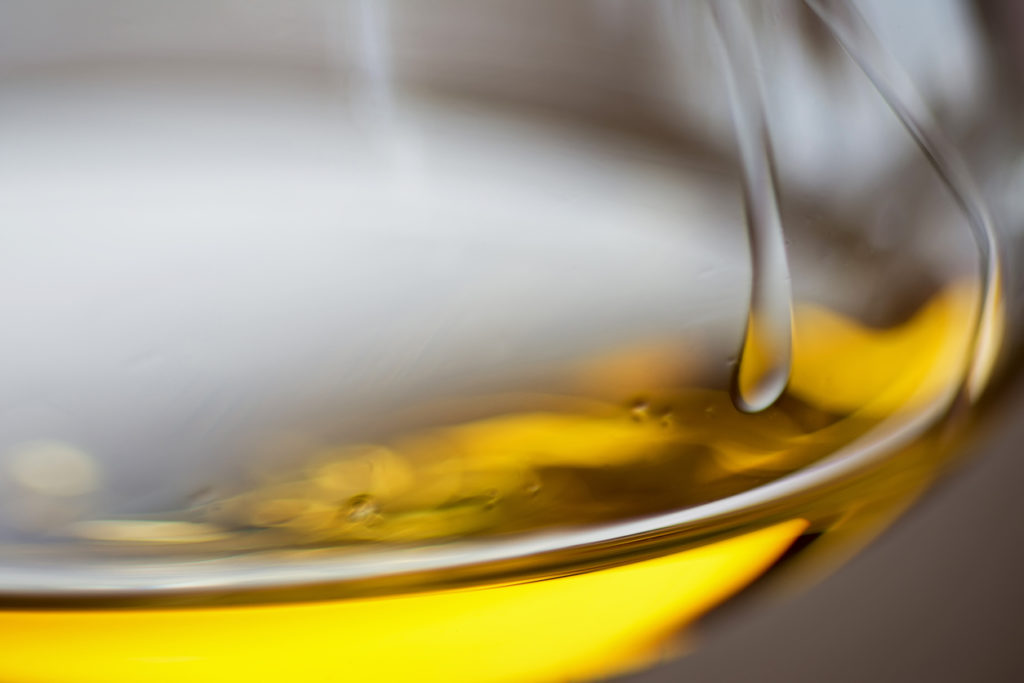
While both Riesling and Moscato exhibit distinctive qualities that set them apart, they share certain commonalities as well. Both varietals are celebrated for their high levels of natural sugars and lower alcohol content compared to many other wines out there.
Flavor of Riesling vs Moscato
Riesling vs Moscato, two delightful white wines that often find themselves at the center of wine enthusiasts’ debates. Both known for their sweetness, these wines offer distinct flavor profiles that make them stand out in their own right.

Riesling exhibits a unique combination of flavors that sets it apart from other varietals. Its high acidity lends a vibrant and refreshing quality, with notes of green apple, lime, and peach dancing on the palate. Riesling is loved for its versatility as it can range from bone dry to lusciously sweet. This allows drinkers to explore different levels of sweetness based on their preferences.
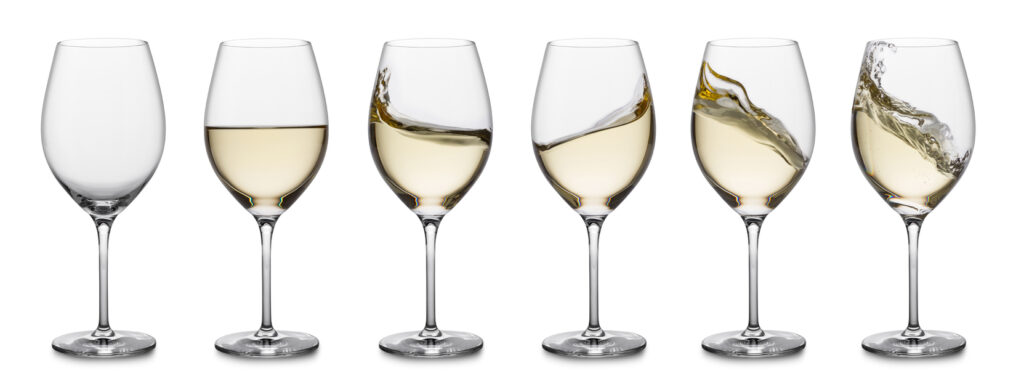
In contrast, Moscato showcases a bold and seductive flavor profile. While also maintaining an appealing acidity level, this wine offers an intense burst of fruitiness that is sometimes described as floral or tropical. Expect prominent flavors such as apricot, peach, orange blossom, and even a hint of honey. With its slightly lower alcohol content and exquisite aroma, Moscato may be more approachable to those who are new to wine or prefer sweeter beverages.
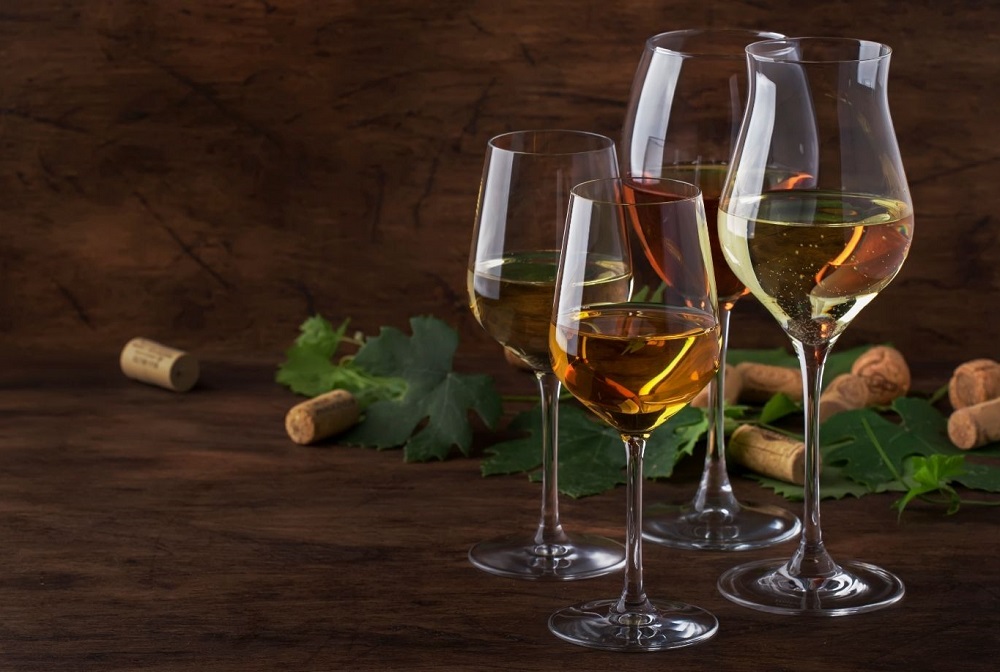
Overall, the choice of Riesling vs Moscato comes down to personal preference. For those seeking a crisp yet versatile experience with intriguing acidity levels, Riesling proves itself time and again as the go-to option.
Sweetness of Riesling vs Moscato
When it comes to sweet wine and fresh acidity, Riesling and Moscato both offer unique experiences for wine lovers. Riesling holds a delicate balance between sugar and acidity, resulting in a delightful play on the palate. Its sweetness can vary, ranging from bone dry to lusciously sweet wine, making it suitable for various preferences. The natural acidity in Riesling wines keeps its sweetness from becoming overpowering, creating a refreshing finish that leaves you craving more.
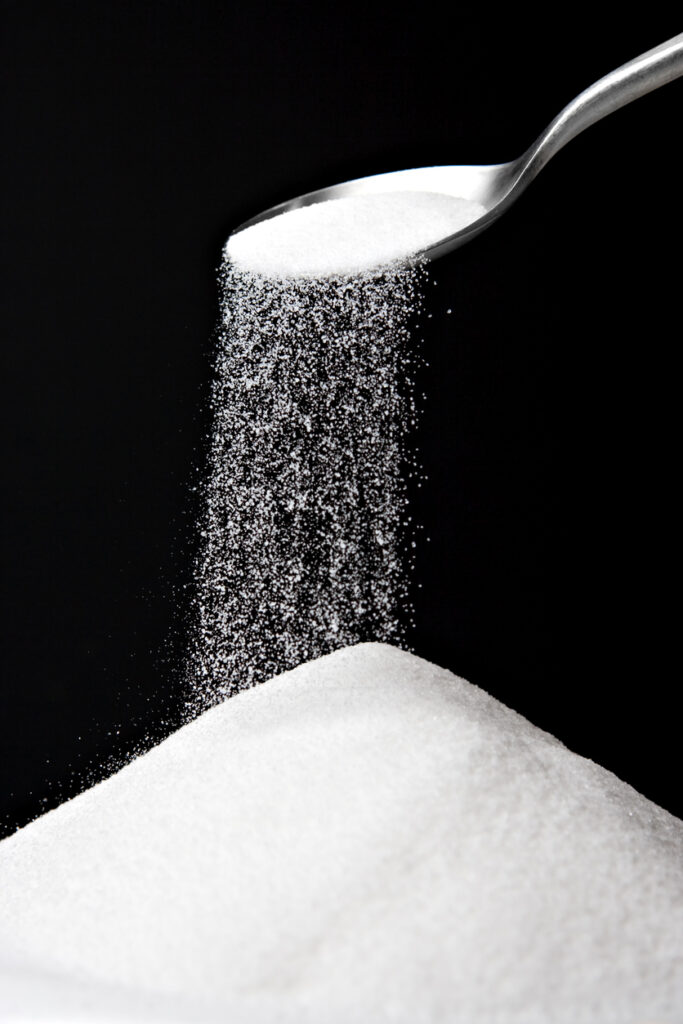
On the other hand, Moscato is known for its unabashedly sweet and aromatic profile. It often boasts fruity notes of peach, apricot, and orange blossom that dance on your tongue with every sip. The high levels of residual and residual sugar- content in Moscato make it an indulgent treat. It is especially for those who have an unabashed love for all things sugary. While some may argue that Moscato lacks the complexity of Riesling due to its straightforward sweetness, others appreciate it precisely for this reason. The simplicity and unapologetic nature of its flavor profile bring joy and satisfaction with every glass.
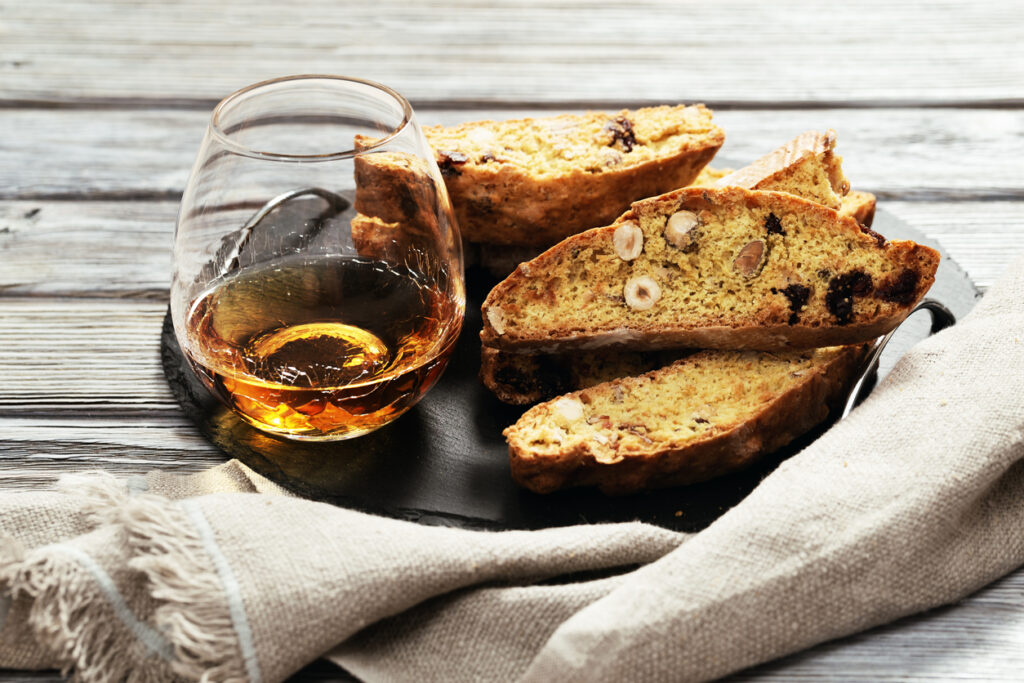
Ultimately, whether you lean towards the nuanced sweet wines of Riesling or prefer the boldly sweet embrace of Moscato depends solely on the wine store your personal taste preferences. So why not embark upon a journey through these diverse wines? Indulge in their different levels of sweet wines and discover which one captivates your senses like no other.
Food Pairing of Riesling vs Moscato
When it comes to food pairing, Riesling and Moscato are two contrasting options that can elevate your dining experience in different ways. Riesling, known for its versatility, has a higher acidity level that complements a range of dishes. Its slightly sweet wine notes go incredibly well with spicy foods like Thai or Indian cuisine. The crispness of the wine also pairs beautifully with light seafood dishes such as grilled shrimp or oysters on the half-shell.
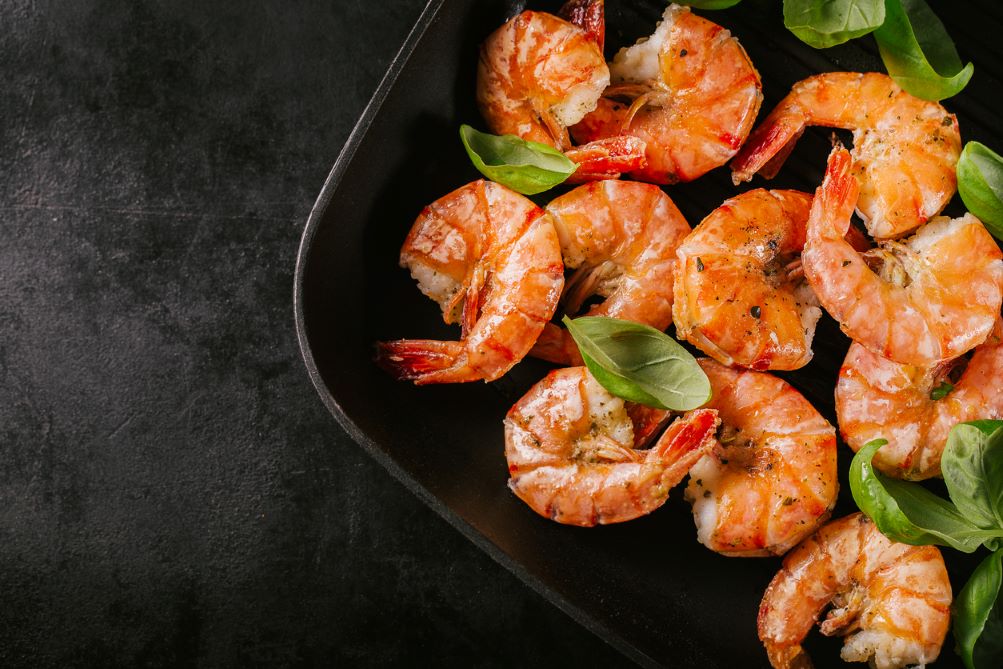
On the other hand, Moscato’s sweet and fruity profile creates an interesting contrast when paired with savory dishes. Its effervescence cuts through rich flavors like those found in creamy cheese or cured meats, giving your palate a refreshing relief. A glass of chilled pink Moscato, can also be the perfect companion for dessert courses. It harmonizes perfectly with fruity desserts like peach cobbler or apple pie.
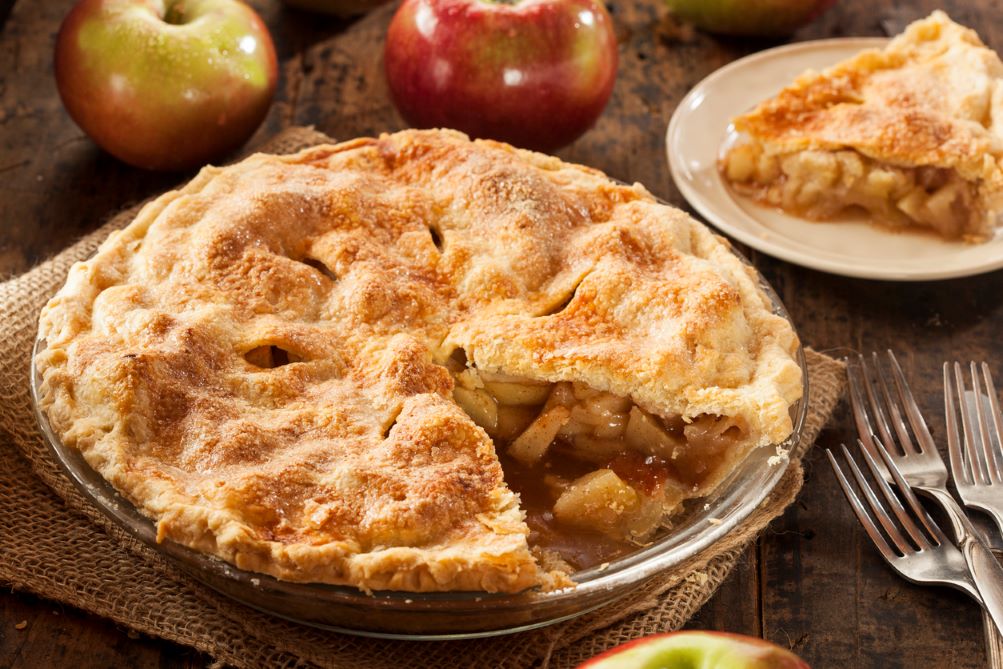
In conclusion, whether you choose Riesling or Moscato depends on your personal preferences and what you’re looking to enhance in your meal. Both wines have unique characteristics that can elevate certain flavor profiles and create unforgettable food pairings. So venture out of your comfort zone and experiment – who knows what surprising combinations dessert wines you may discover!
Where do Riesling and Moscato grow?
Riesling and Moscato grapes are two popular white wine varieties known for their distinct flavors and versatility in the world of winemaking. While both grapes can be grown in various regions across the globe, there are some notable differences in their preferred growing conditions.
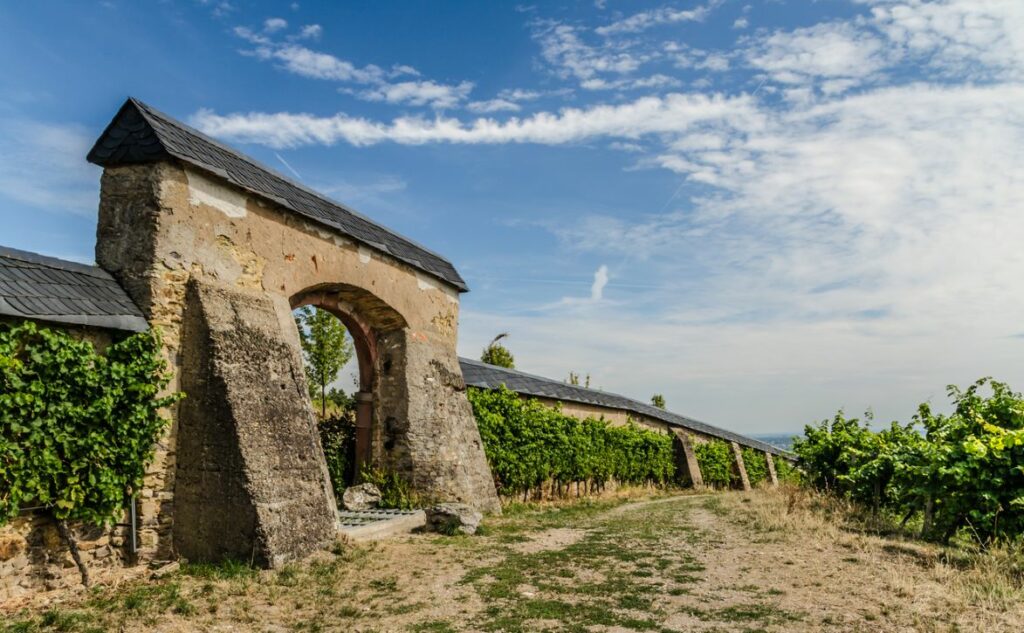
Riesling, a German-originated grape variety, thrives in cool climate regions with well-drained soils. Germany itself is famous for its Riesling wine production, particularly in regions such as the Mosel Valley and Rheingau. Additionally, Alsace in France is another prime region where Riesling grapes also flourishes. However, this resilient grape has also found success outside of Europe. Notable Riesling vineyards are in Australia (particularly Clare Valley and Eden Valley), New Zealand (Marlborough). You can even find them in some parts of North America like Washington state.
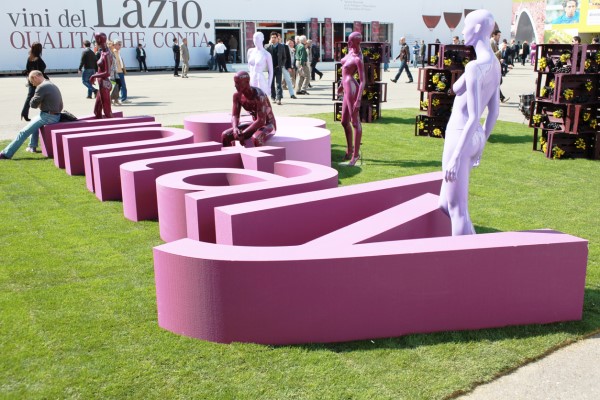
On the other hand, Moscato has its roots deeply embedded in Italy’s wine heritage. This aromatic grape variety prefers warm to hot climates. Under these conditions they fully ripen while retaining itheir signature perfumed characteristics. Italy’s Piedmont region is renowned for producing highly regarded Moscato wines from areas such as Asti and Alba. Other Italian regions like Sicily also have favorable conditions for cultivating Moscato Nero grapes. Winemakers use these grapes to produce sweet wines or even sparkling wine varieties like Moscato d’Asti DOCG. Moreover, California’s Central Coast Salinas Valley has become a hub for growing this grape due to favorable climate conditions.
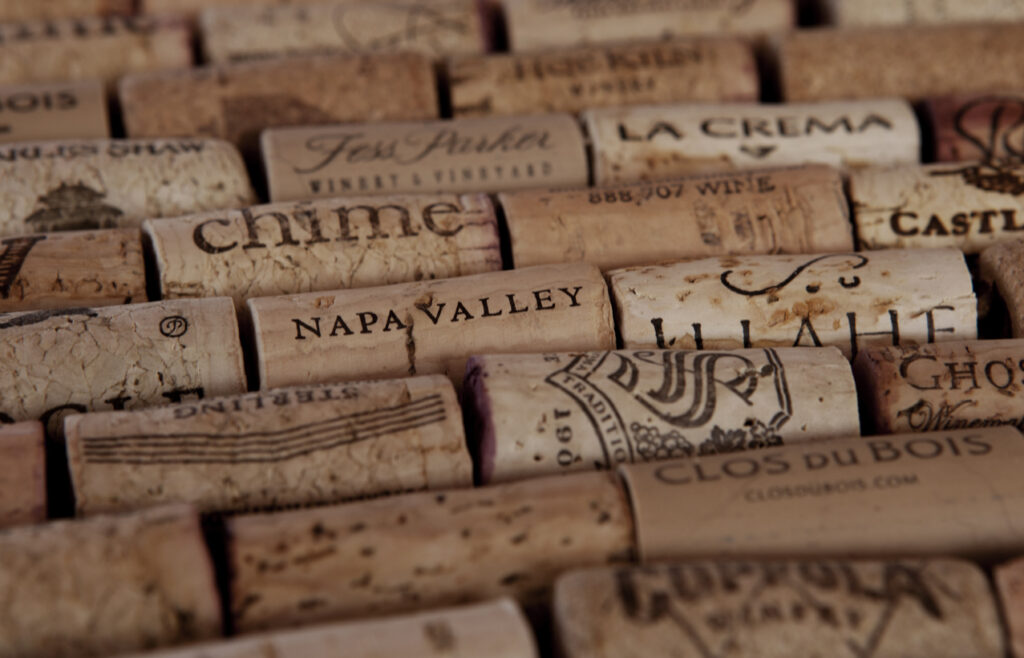
Conclusion
In conclusion, Riesling and Moscato are both popular wine varietals that offer unique flavors and characteristics. Wine enthusiasts know Riesling for its acidity, versatility, and ability to age well, making it a favorite among wine enthusiasts. On the other hand, wine lovers love Moscato for its sweet and fruity profile. This makes it a crowd-pleaser at parties and gatherings. Ultimately, the choice between Riesling and Moscato depends on personal preference and occasion. So whether you prefer a crisp and refreshing Riesling or a luscious and sweet Moscato, there is no wrong choice when it comes to enjoying these delightful wines. Cheers to exploring the world of wine!

